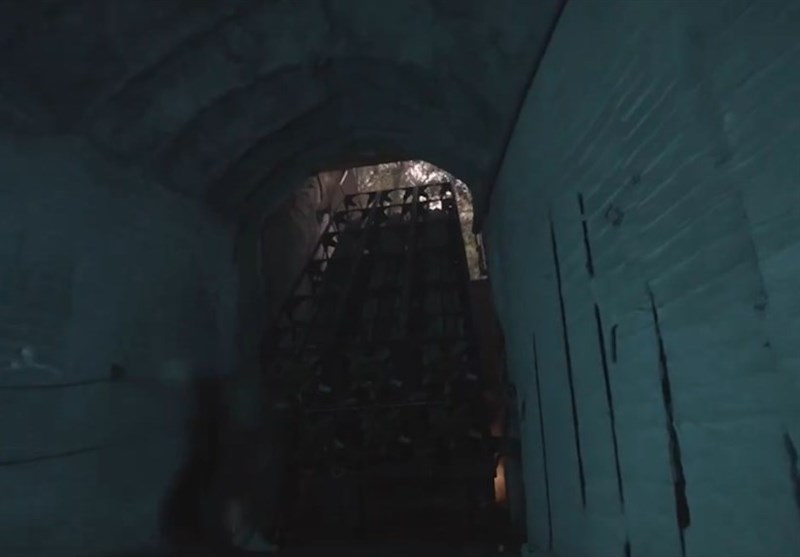TEHRAN (Tasnim) – The Lebanese Hezbollah resistance movement released a new video showcasing a sophisticated underground facility and an extensive tunnel network packed with missile launch pads.
The video titled "Our Mountains, Our Strongholds" features the Imad 4 facility, which highlights the missile capabilities of Hezbollah, Al Mayadeen reported.
The footage shows Hezbollah fighters inside a sophisticated underground complex, with visible signs marking the facility as Imad 4, and displaying the Quranic verse: "Prepare against them whatever you can of (military) power."
The video also shows missile trucks moving from within the facility toward a blast door, preparing them for launch.
Al Mayadeen's sources revealed that Imad 4 features a state-of-the-art technical system and a secure communication network that links it to the outside world, allowing it to receive launch orders within minutes, adding that the network's communications are highly encrypted for added security.
The sources also disclosed that the facility is equipped with a comprehensive logistics team, as well as strong construction, security, and backup launch teams. These teams operate based on pre-determined coordinates for launching operations.
In addition, the facility, according to exclusive sources, is outfitted with a field hospital and enough supplies to sustain its occupants for a period ranging from eight months to a year.
The same sources also noted that the Resistance maintains larger, more critical facilities designed to accommodate larger and heavier rockets, including precision missiles.
This article was published in Tasnim News Agency and is republished here under a creative commons license.

Comments
Post a Comment